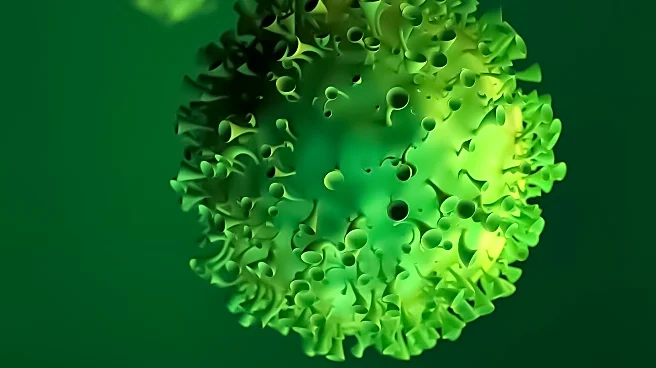What's Happening?
Recent research has revealed that antivenom treatments for mamba snakebites can sometimes exacerbate symptoms, leading to a different type of paralysis. The study, published in the journal Toxins, examined how the venoms of the four mamba species affect the nervous system and how well three commercially available antivenoms in Africa counteract these effects. Mamba bites, particularly from the black mamba, are critical medical emergencies in sub-Saharan Africa due to their potential to cause death from respiratory paralysis and cardiac arrest. The study found that while antivenoms effectively treat limp paralysis caused by mamba venom, they can also unmask hidden neurological symptoms, leading to rigid paralysis. This occurs when the antivenom neutralizes some toxins, allowing others to cause uncontrollable muscle spasms.
Why It's Important?
The findings are significant for improving treatments for mamba snakebites, which are a major health concern in sub-Saharan Africa, contributing to over 30,000 snakebite deaths annually. Understanding the dual effects of mamba venom and the limitations of current antivenoms is crucial for developing more effective treatments. The study highlights the need for antivenoms that can neutralize all medically relevant toxins, regardless of geographical variations in venom composition. This research could lead to better clinical management strategies and potentially save lives by providing healthcare professionals with more precise data on antivenom efficacy in different regions.
What's Next?
The researchers plan to conduct further studies to map the effectiveness of different antivenoms in various regions, particularly focusing on the black mamba. This could provide critical data for evidence-based clinical management strategies, helping doctors choose the most effective antivenom for specific cases. The study also underscores the importance of understanding geographical venom variations to optimize antivenom formulations. Future research may explore the development of antivenoms that can address both limp and rigid paralysis, improving outcomes for snakebite victims.
Beyond the Headlines
The study raises ethical and logistical questions about the production and distribution of antivenoms in regions where snakebites are prevalent. Ensuring access to effective treatments in remote areas remains a challenge. Additionally, the research highlights the complexity of venom interactions in the body, suggesting that a one-size-fits-all approach to antivenom development may not be sufficient. This could lead to a shift in how antivenoms are designed and distributed, with a focus on regional specificity and comprehensive toxin neutralization.











